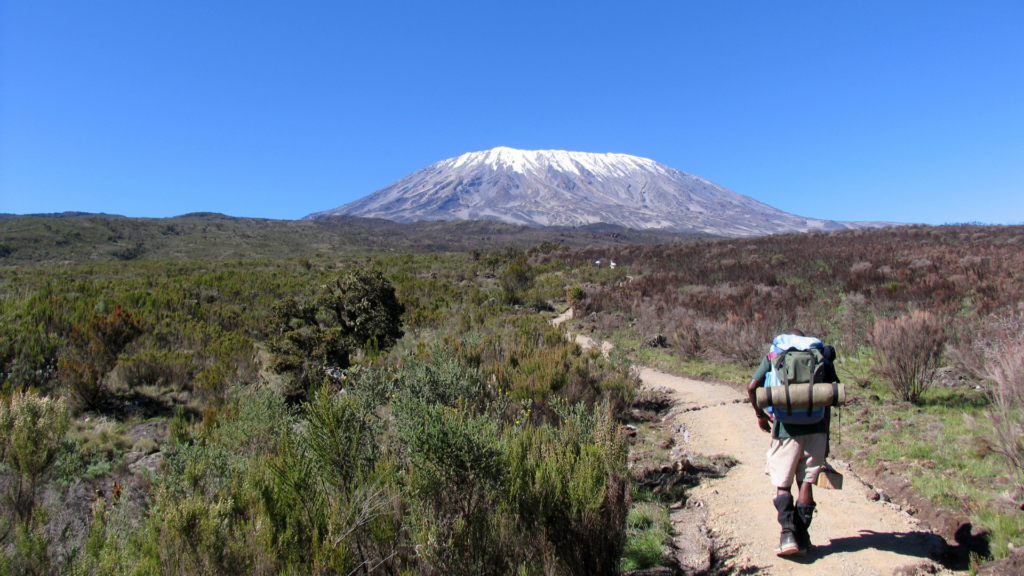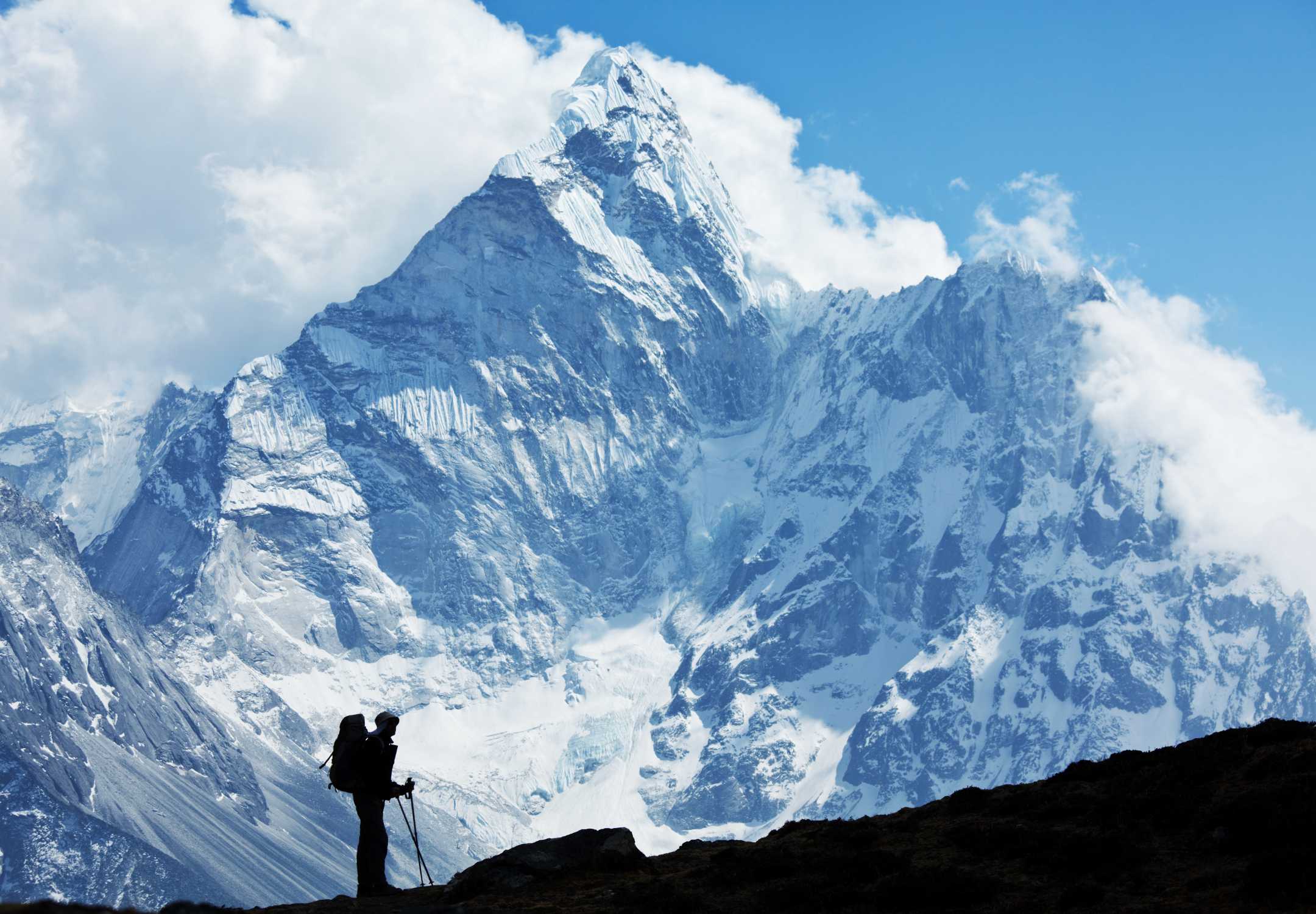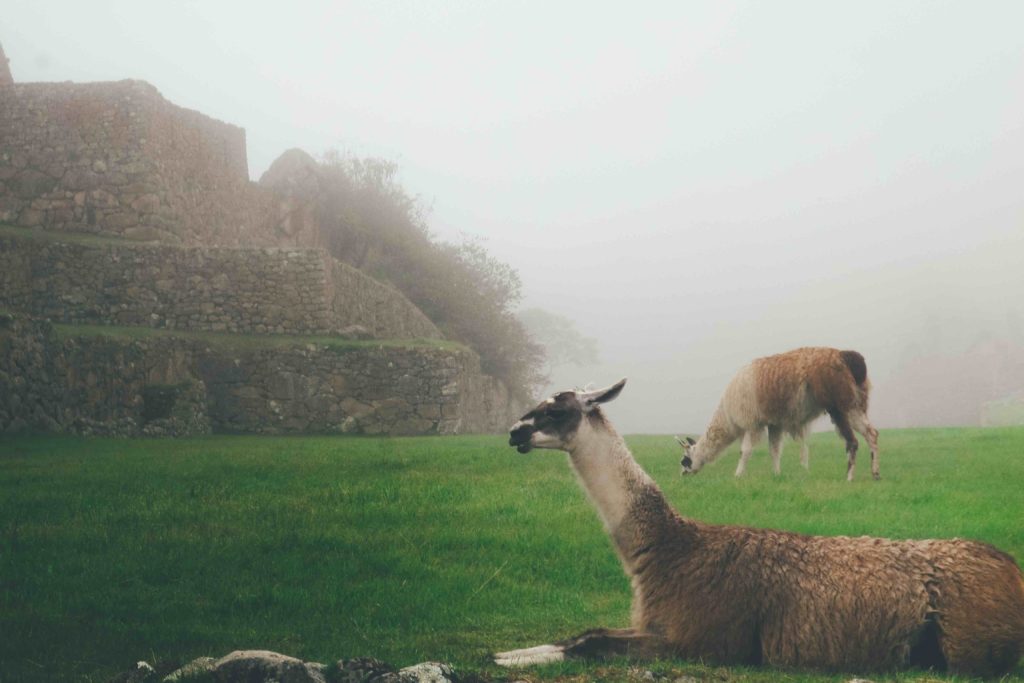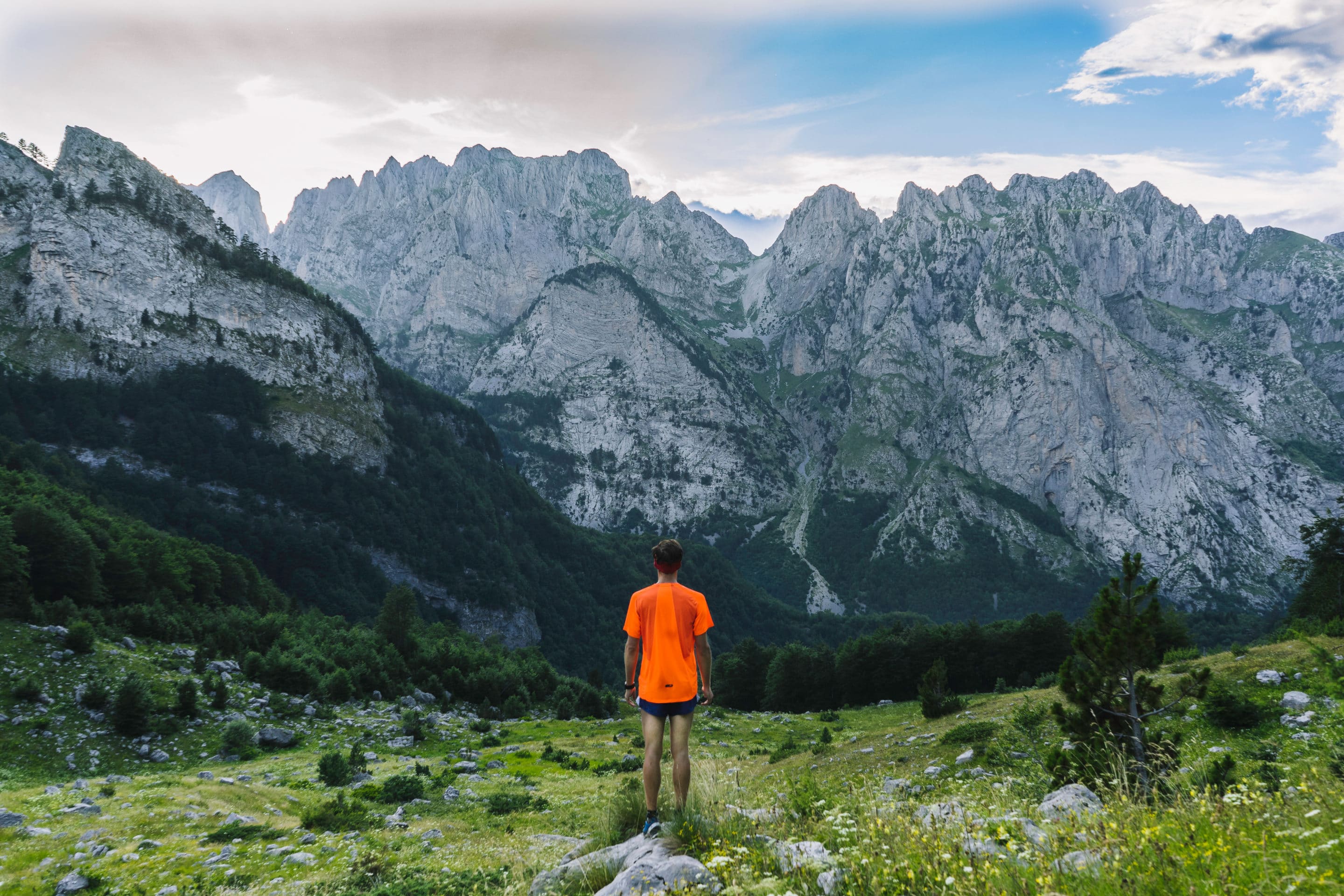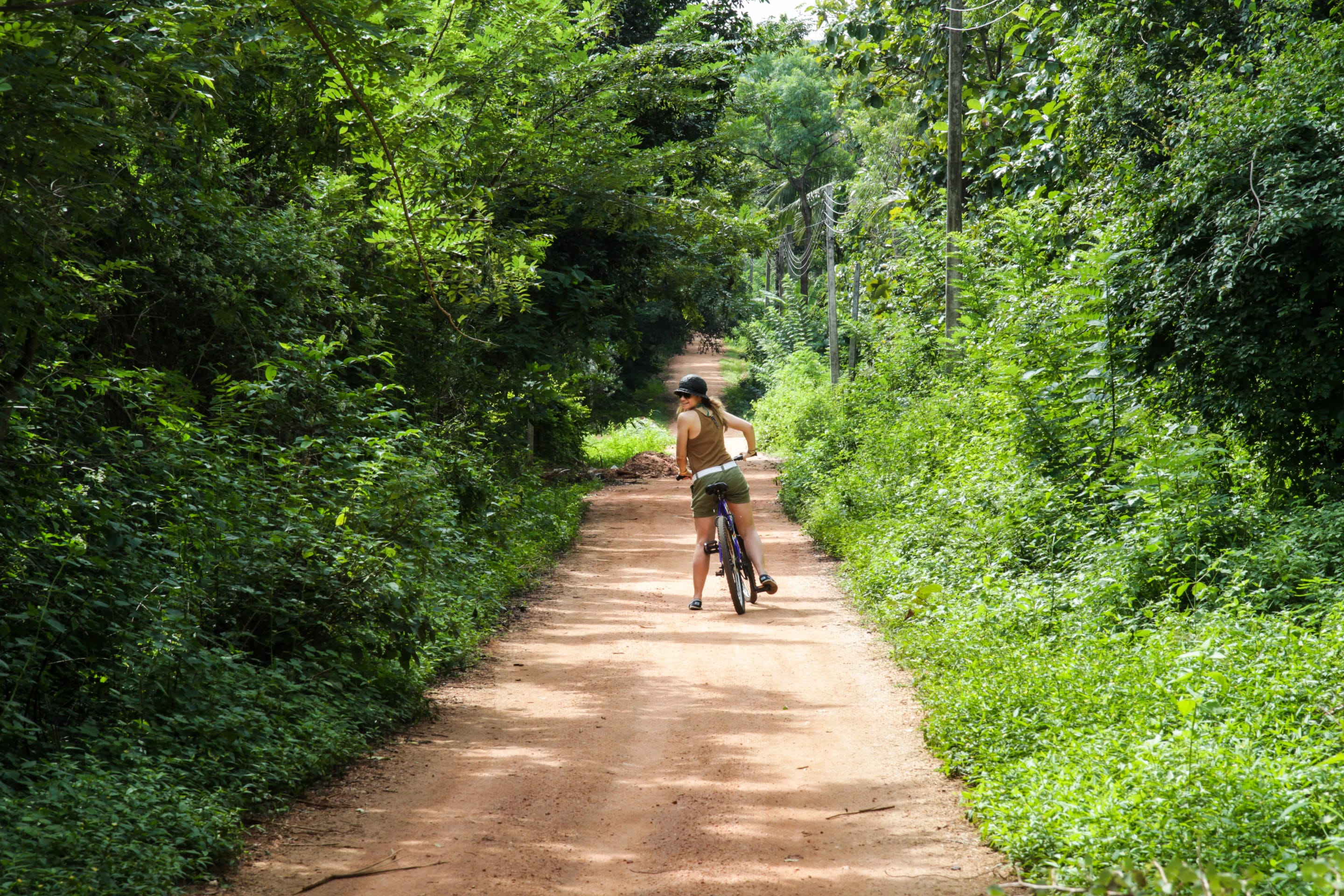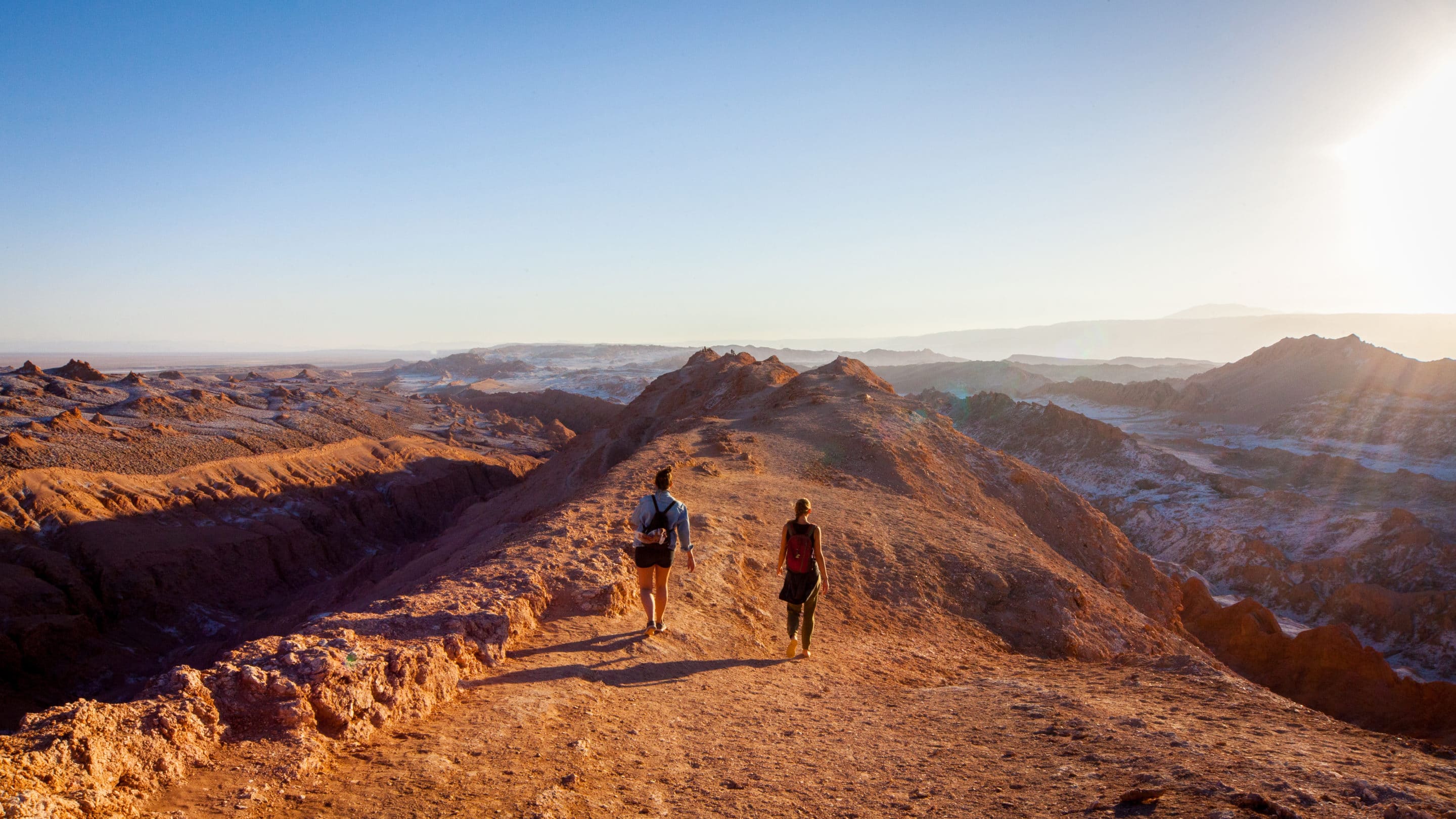Why Training for an Active Adventure Beats Routine Fitness Goals
by ALTITUDE ATHLETIC | Altitude Training Information, General Fitness, Hiking, Climbing and Mountaineering
Many of us set health and fitness goals with the aim of shedding a few pounds, toning up, or simply getting healthier. While these goals are important, they often come with their own set of challenges: boredom, a lack of specificity, and negative associations from previous gym experiences or feelings of punishment.
But what if, instead of training for generic goals, you shifted your focus to training for an active adventure, like climbing Mt. Kilimanjaro, cycling through the French countryside or walking the Camino de Santiago in Spain?
This approach is not only more positive and inspiring but also helps you achieve those important health and fitness goals without the negativity often associated with routine workouts.
Here’s why shifting your focus to an active adventure can be a game-changer for both your mental health and fitness:
Transformative Purpose and Direction
Training for an adventure provides a clear, exciting goal. It transforms your workouts from mundane tasks into purposeful steps towards an exhilarating experience. Whether it’s summiting a peak or cycling through stunning landscapes, the anticipation of the adventure keeps you motivated and engaged. This is especially helpful if you’re frustrated with your fitness routine and can’t lose weight.
Enjoyable and Motivating
Active adventures bring joy and a sense of exploration. The thrill of discovering new places and conquering physical challenges turns training into an enjoyable journey. This kind of motivation is far more sustainable than the often tedious routine of standard fitness goals. If you find yourself asking, “Why can’t I lose weight?” or feeling stuck in a weight loss plateau, an adventure might be the fresh start you need.
Achieving Fitness Goals Along the Way
While weight loss and improved fitness might not be the primary focus of your adventure training, they naturally occur as you prepare. The varied and dynamic nature of adventure training incorporates cardio, strength, and flexibility exercises, leading to holistic fitness improvements without the negative connotations of punishment or restriction. This can be particularly effective if you’re struggling to lose weight despite working out regularly.
Holistic Well-being
Training for an adventure integrates physical exertion with mental engagement and social interaction. This comprehensive approach enhances not only your physical health but also your mental well-being, reducing stress and improving overall quality of life. If you’ve been feeling demotivated or stuck in your fitness journey, this holistic approach can offer the mental clarity and stress reduction you need.
Positive Social Connections
Adventures often involve group activities, fostering social bonds and reducing feelings of isolation. Sharing the journey with others, supporting each other through challenges, and celebrating successes together create strong, meaningful connections.
It’s Time To Start Planning An Adventure
Routine fitness goals are important, but they can become boring and narrow in focus, sometimes leading to negative experiences. In contrast, training for an active adventure offers a positive, inspiring approach that combines physical challenge, mental stimulation, social interaction, and a deep connection with nature. Along the way, you’ll naturally achieve those health and fitness goals, but without the monotony and negativity.
So, if you’re stuck in your fitness routine and can’t lose weight, consider breaking the cycle with an active adventure. Not only will you find new motivation and enjoyment in your workouts, but you’ll also gain a wealth of physical and mental health benefits that routine goals can’t match.
Take the first step towards your next adventure by scheduling a consultation with one of our experienced coaches. Whether you’re planning to hike the Inca Trail, kayak in the Norwegian fjords, or trek through the Patagonia wilderness, our coaches will assess your fitness level, discuss your goals, and design a personalized training plan to ensure you’re adventure-ready.

